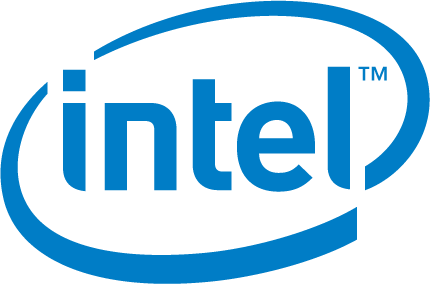Friday 10 a.m.–noon
PySnpTools: A New Open-Source Library for Reading and Manipulating Matrix Data (including Genomics)
Carl Kadie
- Audience level:
- Novice
Description
Anyone who uses fast numeric NumPy arrays but would like a simpler-than-Pandas ability to slice-and-dice, read-and-write will find PySnpTools useful. I'll describe PySnpTools and also tell how it fits into our Machine Learning research group's long-term move from C++/VB to C# to Python. I'll also show how we use PySnpTools in FaST-LMM to do state-of-the-art Genome Wide Association Studies.
Abstract
The tutorial will cover:
PySnpTools details:
-
PstReader: Full NumPy-meets-Pandas-like slicing and subsetting of matrix data before (and after) reading from disk. (For genomics, it includes support for the PLINK Bed and phenotype formats. It also includes low-memory, high-speed methods for common operations such as standardization and kernel-creation.)
-
Utilities: One line intersecting and re-ordering of data for machine learning and statistics. Faster-than-NumPy extraction of a subarray from a NumPy array.
-
IntRangeSet: Manipulate from zero to billions of integers as sets with very little memory.
Python Trade Offs We Observe:
Our industrial research group focuses on Machine Learning. Over 15 years, we have moved from C++/VB to C# to Python. I'll talk about why we choose Python and what tradeoffs we see.
Application:
PySnpTools spun out of FaST-LMM. FaST-LMM is an Open Source, Python-based state-of-the-art system for doing Genome Wide Association Studies (GWAS). It is described in publications in Nature Methods, Nature Genetics, and Bioinfomatics. I'll talk about:
- a layman’s overview of GWAS
- how to use FaST-LMM
- how FaST-LMM uses PySnpTools
To Install:
- pip install pysnptools
- Documentation: http://research.microsoft.com/en-us/um/redmond/projects/MSCompBio/PySnpTools/
- Source: https://github.com/MicrosoftGenomics/PySnpTools









